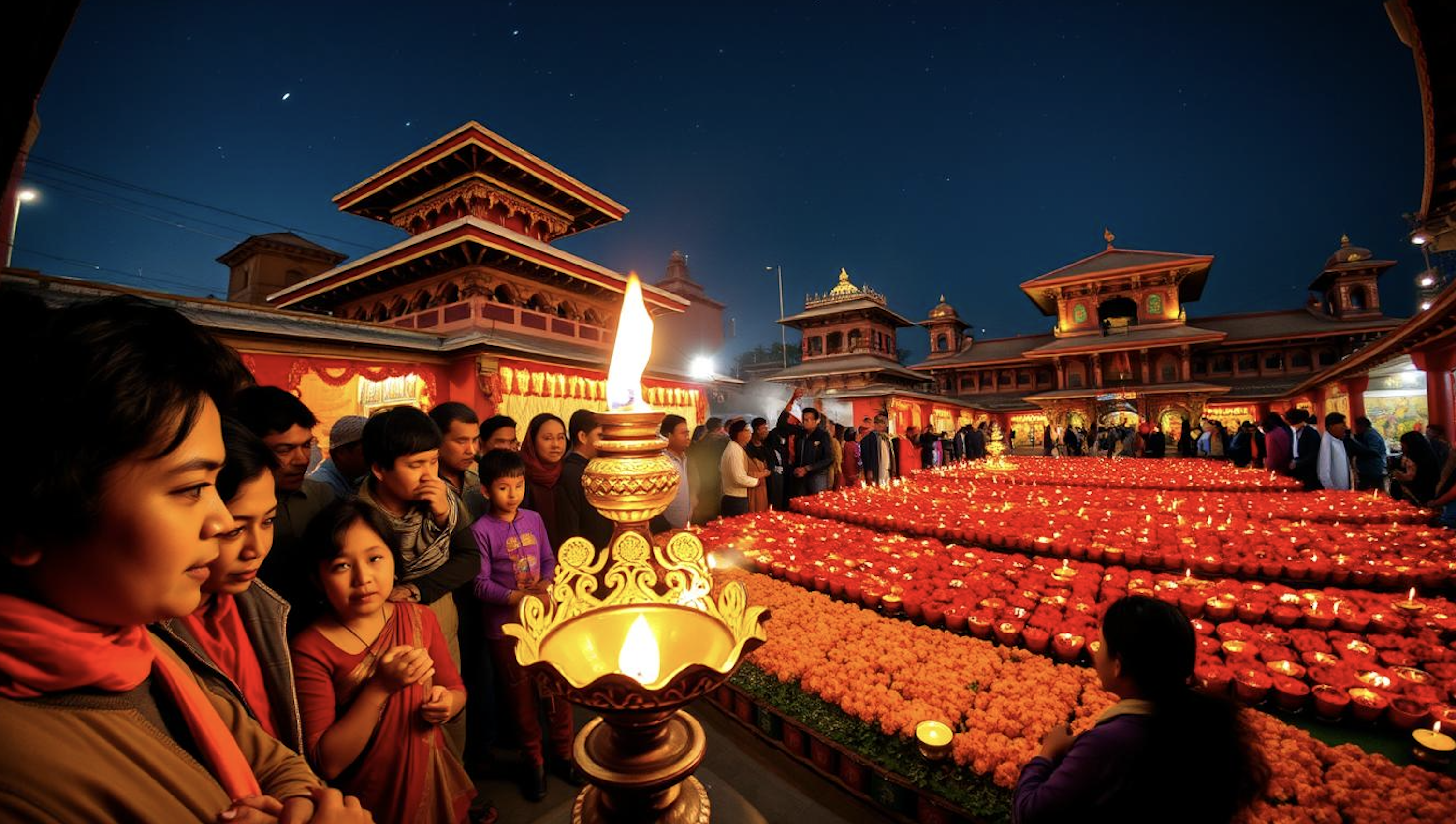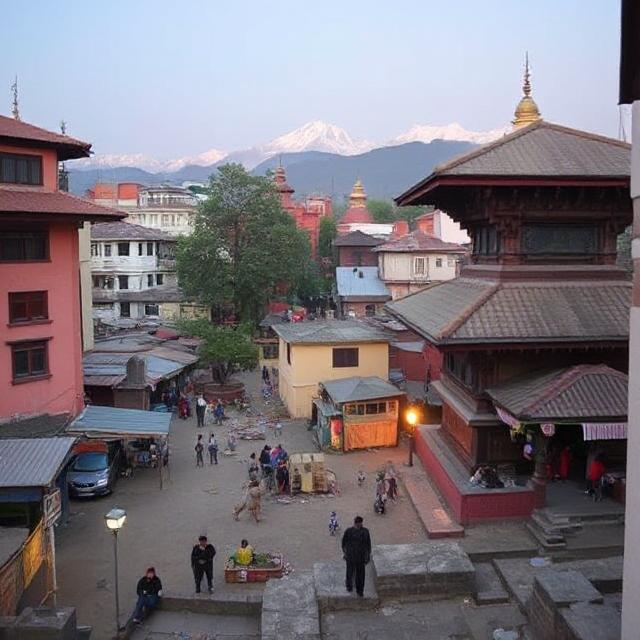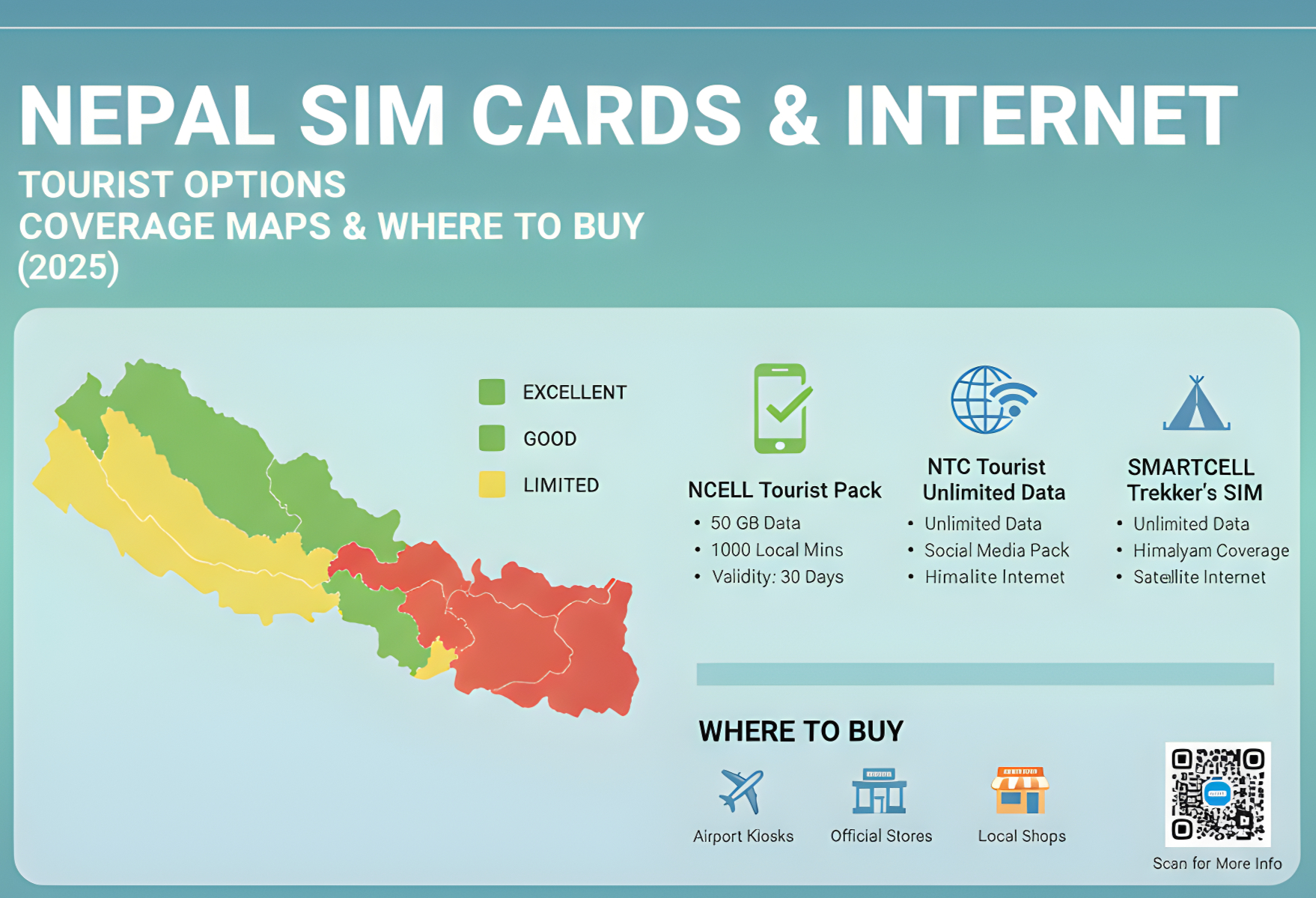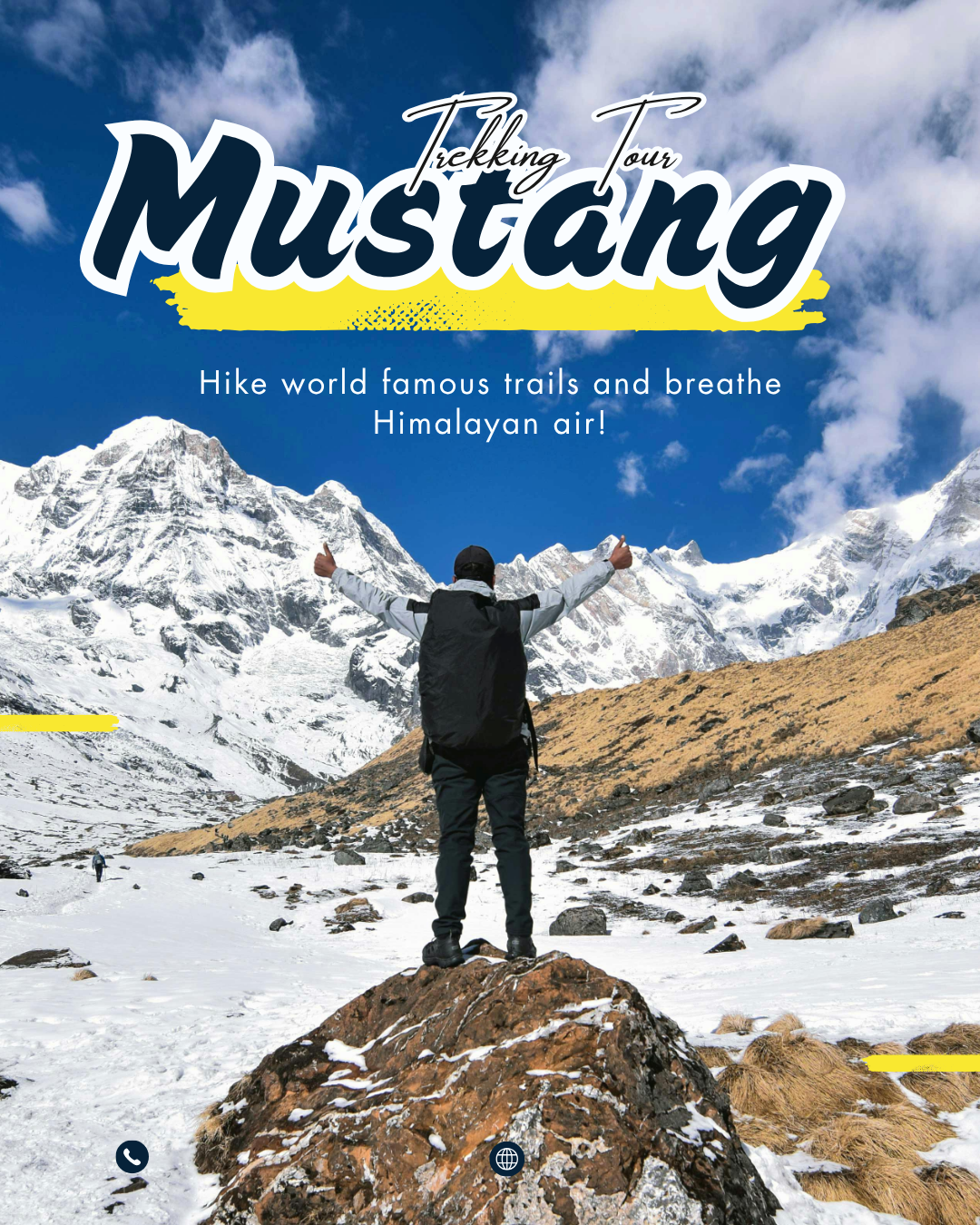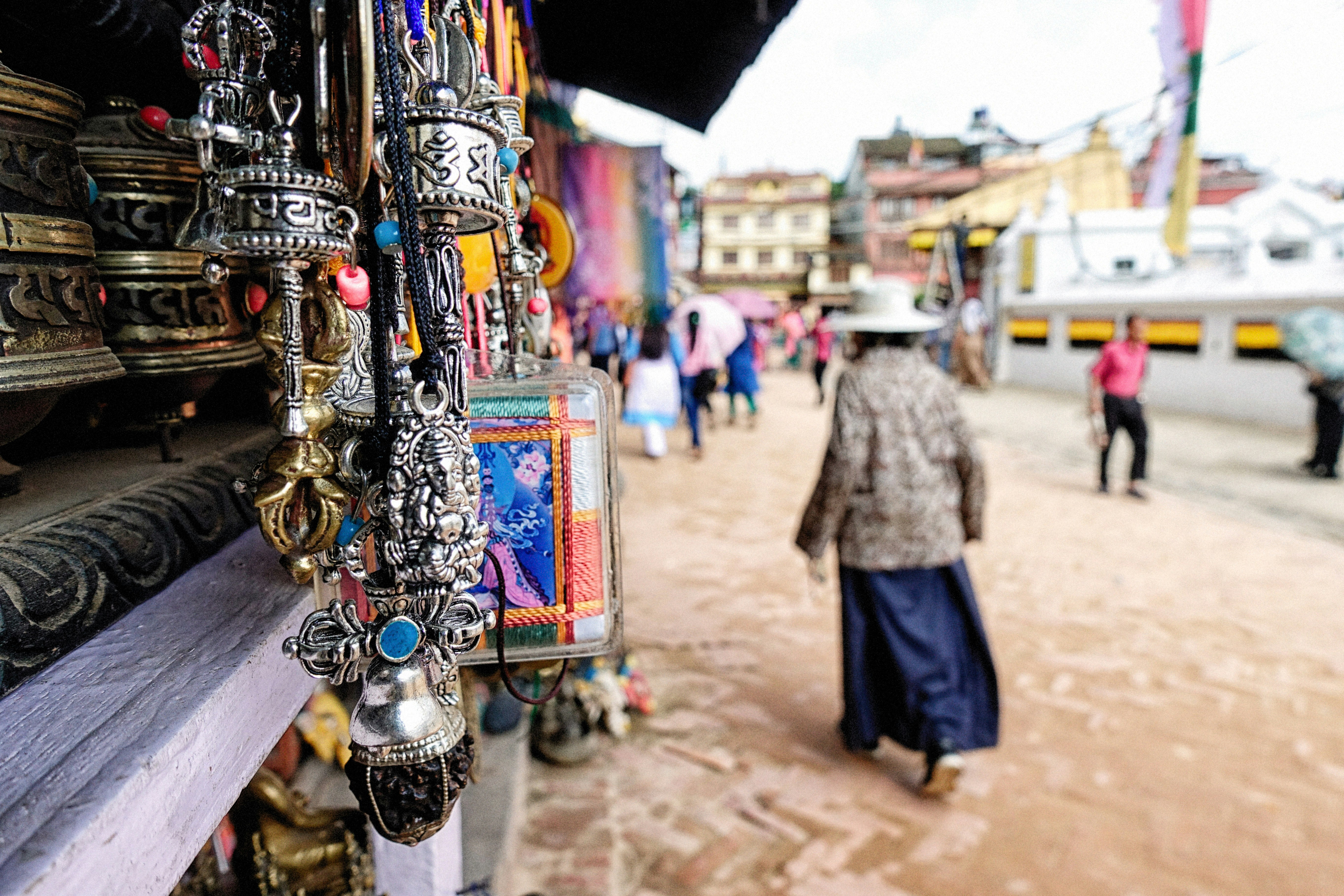Nepal Festival Calendar: When to Visit for the Best Cultural Experiences

Mahenbalal
Travel Writer & Local Expert
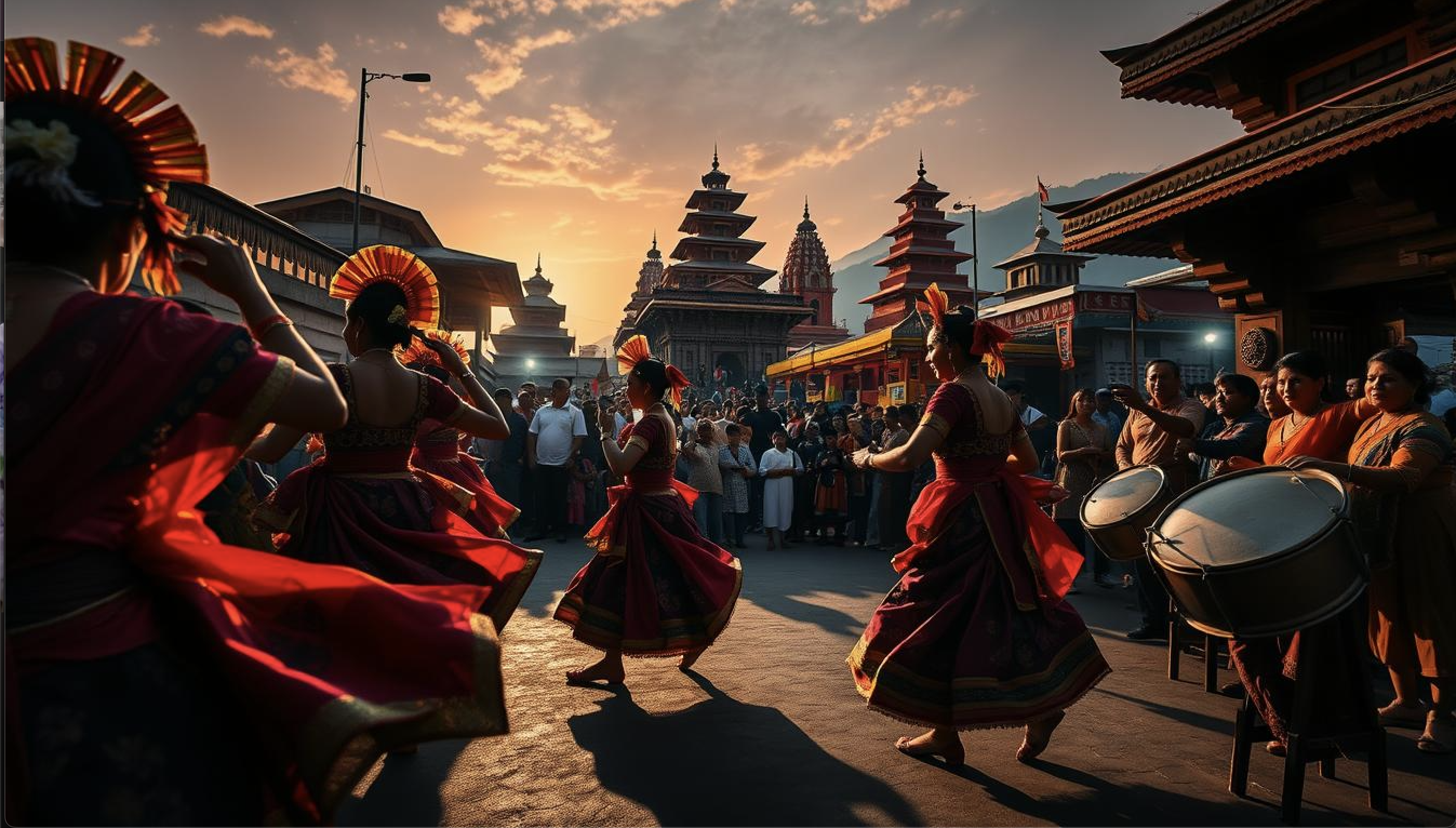
📋 What's in This Guide
💡 Click on any section to jump directly to that part of the article
Nepal, a country known for its rich cultural heritage, is home to a diverse array of vibrant festivals throughout the year. These festivals are an integral part of Nepali life, showcasing the country's history, mythology, and traditions. Planning your visit around Nepal's festival calendar can be a great way to experience the best cultural experiences. From the Dashain celebrations, which honor the goddess Durga, to the Tihar festival, which worships the goddess Laxmi, each festival offers a unique glimpse into Nepali culture. As a traveler, participating respectfully in these festivals can be a rewarding experience. Understanding the local customs and traditions is key to immersing yourself in the festivities.
Key Takeaways
· Plan your visit around Nepal's festival calendar for the best cultural experiences.
· Respect local customs and traditions when participating in Nepali festivals.
· Dashain and Tihar are two of the most significant festivals in Nepal.
· Nepal's festivals offer a unique glimpse into the country's history and mythology.
· Immerse yourself in the local culture by understanding and respecting Nepali traditions.
· The Rich Tapestry of Festivals in Nepal
The diverse cultural landscape of Nepal is beautifully showcased through its rich tapestry of festivals. Nepal's festivals are a vibrant expression of the country's religious and cultural heritage, reflecting the harmonious coexistence of different ethnic and religious groups.
Religious Diversity and Celebration
Nepal is a multicultural nation where various religious communities come together to celebrate their unique festivals. The country is predominantly Hindu, but Buddhist, Kirat, and other communities also observe their religious festivals with great fervor. This religious diversity is a hallmark of Nepali culture, with each community contributing to the rich cultural mosaic.Nepali festivals are not just religious or cultural events; they are significant to the social fabric of the country. These festivals promote unity, reinforce cultural values, and provide a platform for social bonding. The cultural significance of these festivals is evident in the way they bring people together, fostering a sense of community and shared identity.
Planning Your Visit Around Nepal's Festival Calendar
Planning a trip to Nepal can be a thrilling experience, especially when you time it with one of the many vibrant festivals in Nepal that take place throughout the year. Nepal's cultural calendar is filled with numerous celebrations, each offering a unique glimpse into the country's rich heritage. The peak festival seasons in Nepal typically occur in the spring and autumn. During these periods, the country comes alive with colorful celebrations, including Dashain and Tihar, which are among the most significant festivals. These events are a great time to experience Nepal's culture firsthand. When planning your visit around Nepal's festivals, it's essential to consider the weather. The spring season (March to May) offers pleasant temperatures, while autumn (September to November) is generally dry and clear. Understanding the weather conditions will help you prepare for your trip and make the most of the festival experiences.
Spring Festivals in Nepal: Celebrating New Beginnings
With the onset of spring, Nepal comes alive with festivals that celebrate new beginnings. Vibrant colors, joyous celebrations, and a renewed sense of community mark the season. Two of the most significant spring festivals in Nepal are Holi and the Nepali New Year celebrations.
Holi: The Festival of Colors
Holi, known as the Festival of Colors, is a significant spring festival in Nepal. It celebrates the arrival of spring and the victory of good over evil. People gather to throw colored powders and waters at each other, symbolizing the colors of spring and the joy of togetherness. The festival is a time for forgiveness, renewal, and strengthening social bonds. As the colors fill the air, the atmosphere is filled with laughter and music, making it a unique experience for both locals and visitors.
Nepali New Year: Bisket Jatra and Navavarsha
The Nepali New Year, celebrated as Bisket Jatra in Bhaktapur and Navavarsha in other parts of the country, marks the beginning of the traditional Nepali calendar. Bisket Jatra is known for its vibrant processions, chariot pulling, and the erection of long wooden poles (lingo) symbolizing the victory of good over evil. Navavarsha, on the other hand, is celebrated with traditional rituals, family gatherings, and the exchange of greetings. These celebrations signify renewal, hope, and the ushering in of a new year with positivity and joy.
Summer Festivals: Monsoon Celebrations
As the monsoon rains sweep across Nepal, the country comes alive with vibrant summer festivals. These celebrations are deeply rooted in the country's agricultural calendar and religious traditions.
Ropai Jatra: The Rice Planting Festival
Ropai Jatra, or the Rice Planting Festival, is a significant event in Nepal's agricultural calendar. It celebrates the onset of the rice planting season, marking a crucial period for the country's farmers. The festival is characterized by traditional dances, folk songs, and community feasts. It's a time when communities come together to ensure a bountiful harvest.
Janai Purnima and Raksha Bandhan
Janai Purnima, also known as Raksha Bandhan, is another important festival celebrated during the monsoon season. It involves the ritual of changing the sacred thread (Janai) worn by men of the Brahmin and Chhetri communities. The festival also celebrates the bond between brothers and sisters, with sisters tying sacred threads (Rakhi) on their brothers' wrists as a symbol of protection and love. This festival highlights the rich cultural and religious diversity of Nepal.
· Some of the key aspects of these festivals include:
· Community participation and traditional rituals
· Celebration of agricultural cycles and religious significance
· Strengthening of family bonds and community ties
· These summer festivals in Nepal offer a unique opportunity for cultural immersion and understanding of the country's traditions.
Dashain: Nepal's Greatest Festival
Dashain, known as Vijaya Dashami, is Nepal's most significant festival, celebrated with great fervor across the country. It is a15-day celebration that symbolizes the victory of good over evil and is observed with various rituals and traditions. Dashain is celebrated over 15 days, each day having its own significance. The festival begins with the Ghatasthapana ceremony, where a sacred pot is installed, marking the start of the celebrations. The key rituals during Dashain include the worship of Goddess Durga in various forms. Animal sacrifices are also offered on certain days, symbolizing the triumph of good over evil. During Dashain, families come together, and traditional foods like selroti and chutney are prepared. Elders give Tika (a vermilion mark) and jamara (yellow sacred grass) to younger family members, blessing them. Travelers can immerse themselves in Dashain by participating in the festivities. Visiting temples, observing the rituals, and receiving Tika from locals are unique experiences. It's also a great opportunity to try local cuisine and engage with the community.
Tihar: The Festival of Lights
Tihar, known as the Festival of Lights, is a significant celebration in Nepal, illuminating the lives of its people with joy and spiritual reflection. This five-day festival is a time when families come together, homes are adorned with lights, and various rituals are performed to honor different deities and beings. Tihar is celebrated over five days, each with its unique significance and rituals. The festival begins with Kukur Tihar, a day dedicated to honoring dogs for their loyalty and companionship. On the first day, dogs are worshipped and adorned with garlands and vermilion. This day highlights the special bond between humans and dogs, showcasing the reverence Nepalis have for animals. The third day is dedicated to Laxmi Puja, where homes are illuminated to welcome the goddess of wealth and prosperity. The fifth day, Bhai Tika, is a celebration of the bond between brothers and sisters, where sisters pray for their brothers' long life and brothers give gifts to their sisters. Foreign visitors can experience Tihar by participating in local celebrations, learning about the customs, and respecting the traditions. It's a unique opportunity to immerse oneself in Nepal's rich cultural heritage and form lasting connections with the locals. Visitors can join in the festivities by attending local events, trying traditional foods, and engaging with the community. It's essential to be respectful of the customs and traditions, dressing modestly and following local guidelines.
Winter Festivals in Nepal
Winter in Nepal is not just cold weather; it's a season of joyous festivals that showcase the country's rich cultural diversity. During this time, various ethnic groups come together to celebrate their unique traditions and customs.
Yomari Punhi is a significant festival for the Newari community, celebrated with great fervor. It involves the offering of yomari, a traditional rice dumpling, to the goddess Lakshmi. The festival is a time for family reunions and cultural performances.
· Celebrations begin with the preparation of yomari.
· The community comes together for cultural events.
· It's a time for expressing gratitude to the goddess.
Tamu Losar marks the beginning of the Gurung New Year. It's a celebration filled with traditional dances, music, and feasting. The Gurung community wears their traditional attire and participates in various cultural rituals.
· Key aspects of Tamu Losar include:
· Traditional dances like the ghantu dance.
· Feasting on traditional Gurung cuisine.
· Ceremonial rituals to mark the new year.
These winter festivals in Nepal offer a unique glimpse into the country's diverse cultural heritage. Visitors can experience the warmth and hospitality of Nepali people during these celebrations.
Regional Festival Variations Across Nepal
From the Kathmandu Valley to remote villages, Nepal's festivals showcase a rich cultural tapestry. The country's diverse geography and ethnic backgrounds have given rise to a wide range of celebrations, each with its unique flavor. The Kathmandu Valley, being the cultural hub, hosts some of the most vibrant festivals. Dashain and Tihar, for instance, are celebrated with great fervor, attracting visitors from all over. The valley's festivals are characterized by their elaborate rituals and cultural performances.
Unique Festivals in Remote Nepal
In remote areas, festivals often have a more localized and traditional flavor. For example, the Yomari Punhi festival in the Newari community is a unique celebration that showcases the rich cultural heritage of these communities. These festivals offer a glimpse into Nepal's diverse cultural landscape. Experiencing these regional variations can be a fascinating way to explore Nepal's cultural diversity, making a festival in Nepal a memorable experience.
How to Respectfully Participate in Nepali Festivals as a Traveler
The festivals of Nepal are not just spectacles to observe, but experiences to be fully immersed in with sensitivity and respect. As a traveler, participating in these vibrant celebrations can be a deeply enriching experience, offering a unique glimpse into Nepal's rich cultural heritage. To participate respectfully, it's essential to understand the cultural etiquette surrounding Nepali festivals. This includes being aware of local customs, traditions, and the significance of the festivals you're attending. For instance, removing your shoes before entering temples or homes is a sign of respect, as is dressing modestly. Dressing appropriately is crucial when attending Nepali festivals. This means covering your shoulders and knees as a sign of respect, especially when visiting religious sites. Additionally, being mindful of your behavior, such as not touching or pointing at religious artifacts, contributes to a respectful atmosphere.
Photography Guidelines at Religious Events
When it comes to photography at religious events, it's vital to be considerate. Always ask for permission before taking someone's picture, especially during sacred rituals. Some areas or events may be off-limits to photography, so being aware of your surroundings and respecting restrictions is key. By being mindful of these guidelines, travelers can enjoy Nepal's festivals while respecting the local culture, thereby enriching their experience and fostering positive interactions with the Nepali people. The festival season in Nepal is a time of great celebration, and with the right preparation, visitors can have a truly unforgettable experience. To make the most of your visit, it's essential to plan ahead, particularly when it comes to accommodation and transportation.
Accommodation During Festival Seasons
During peak festival seasons, Nepal's popular destinations can get crowded. It's advisable to book your accommodations well in advance to avoid last-minute hassles. Consider staying in local homestays or guesthouses that offer a more authentic experience. Here are some tips for booking accommodations:
· Research local options in advance
· Book your stay as early as possible
· Consider locations that are central to festival venues
· Transportation and Logistics
Transportation can become challenging during festivals due to increased crowds. Plan your travel dates and consider using local transportation services that are familiar with festival routes. Here are some transportation tips:
· Book your tickets in advance for long-distance travel
· Be prepared for crowds at transportation hubs
· Use reputable local transport services
· Lesser-Known Festivals in Nepal Worth Experiencing
While many are familiar with Nepal's major festivals, there are several lesser-known celebrations that are worth experiencing. These events offer a unique insight into the country's rich cultural heritage and provide an opportunity to engage with local communities in a more intimate setting.
Indra Jatra: Honoring the Rain God
Indra Jatra is a significant festival celebrated in the Kathmandu Valley, honoring Indra, the god of rain. This festival is marked by masked dances, including the Navadurga dance, which depicts various mythological stories. The highlight of Indra Jatra is the chariot procession of the living goddess Kumari, which attracts a large crowd.
Mani Rimdu: Buddhist Festival in the Everest Region
Mani Rimdu is a Buddhist festival celebrated at the Tengboche Monastery in the Everest region. This 19-day festival involves masked dances, prayers, and rituals aimed at promoting peace and prosperity. The festival culminates in a final ceremony where monks perform sacred dances to ward off evil spirits.Both Indra Jatra and Mani Rimdu offer a glimpse into Nepal's diverse cultural practices and are experiences that travelers should not miss.
Conclusion: Embracing Nepal's Festival Spirit
Nepal's festival calendar is a vibrant tapestry of cultural and religious celebrations, offering visitors a unique glimpse into the country's rich heritage. From the colorful Holi festival to the sacred rituals of Dashain and Tihar, each festival in Nepal provides an opportunity to experience the local culture firsthand.
As you plan your visit to Nepal, embracing the festival spirit can be a rewarding experience. By participating in local customs and traditions, you can gain a deeper understanding of the Nepali way of life. Whether you're attending a bustling street festival or a serene temple ceremony, Nepal's festivals are sure to leave a lasting impression.
To make the most of your experience, remember to respect local etiquette and customs. By doing so, you can ensure a harmonious and enriching experience for both yourself and the local community. With its diverse range of festivals, Nepal has something to offer every kind of traveler, making it a must-visit destination for cultural enthusiasts and adventure seekers alike.
Recommended Hotels in Lumbini
Handpicked accommodations based on your travel interests
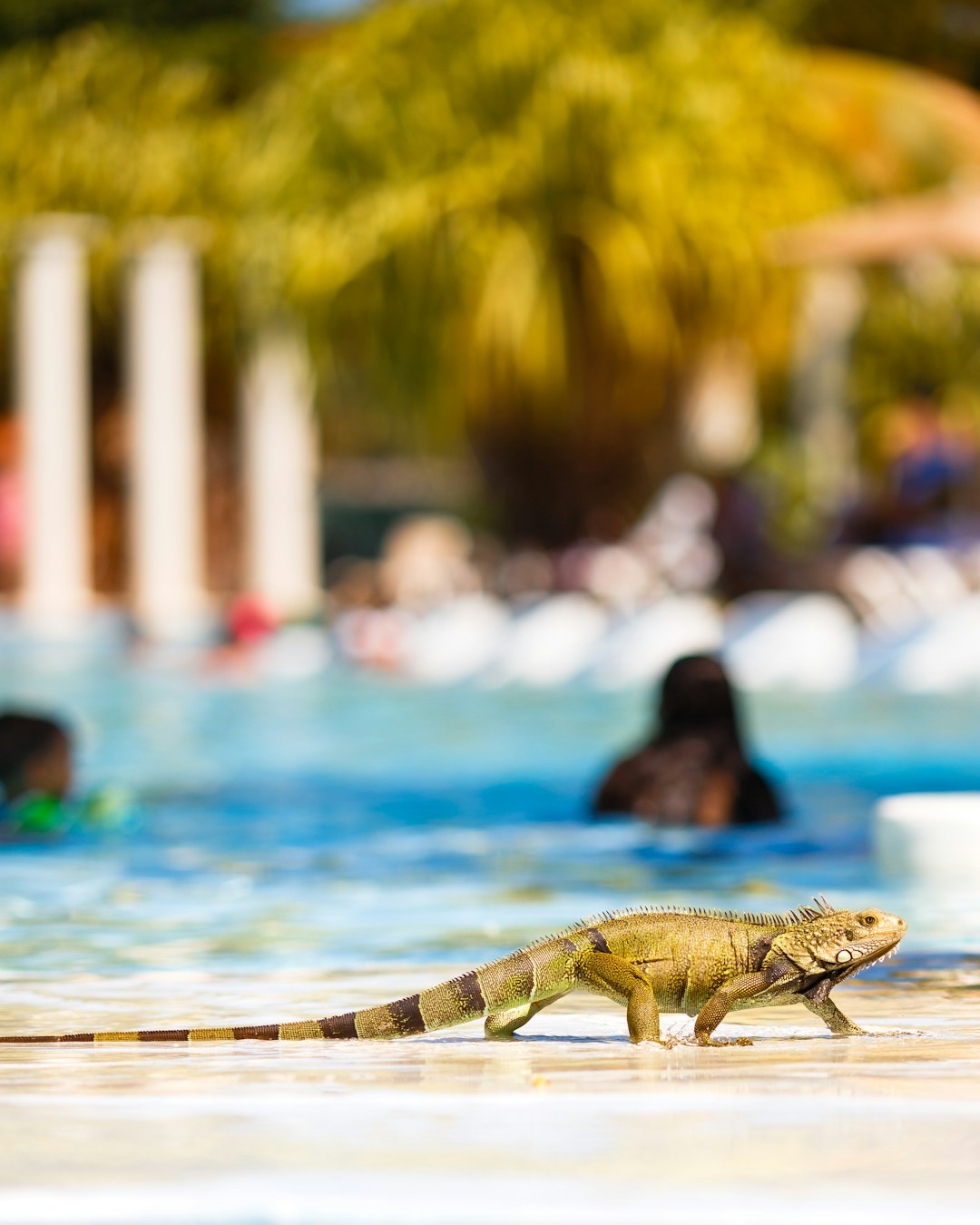
The Dwarika's Hotel Kathmandu
A living museum showcasing traditional Nepalese architecture and culture, The Dw...

The Dwarika's Resort
Nestled in the serene hills of Dhulikhel, The Dwarika's Resort stands as a sanct...

Yeti Cozy Hotel
Located in the vibrant heart of Thamel, Kathmandu's bustling tourist district, Y...
Photo Gallery
